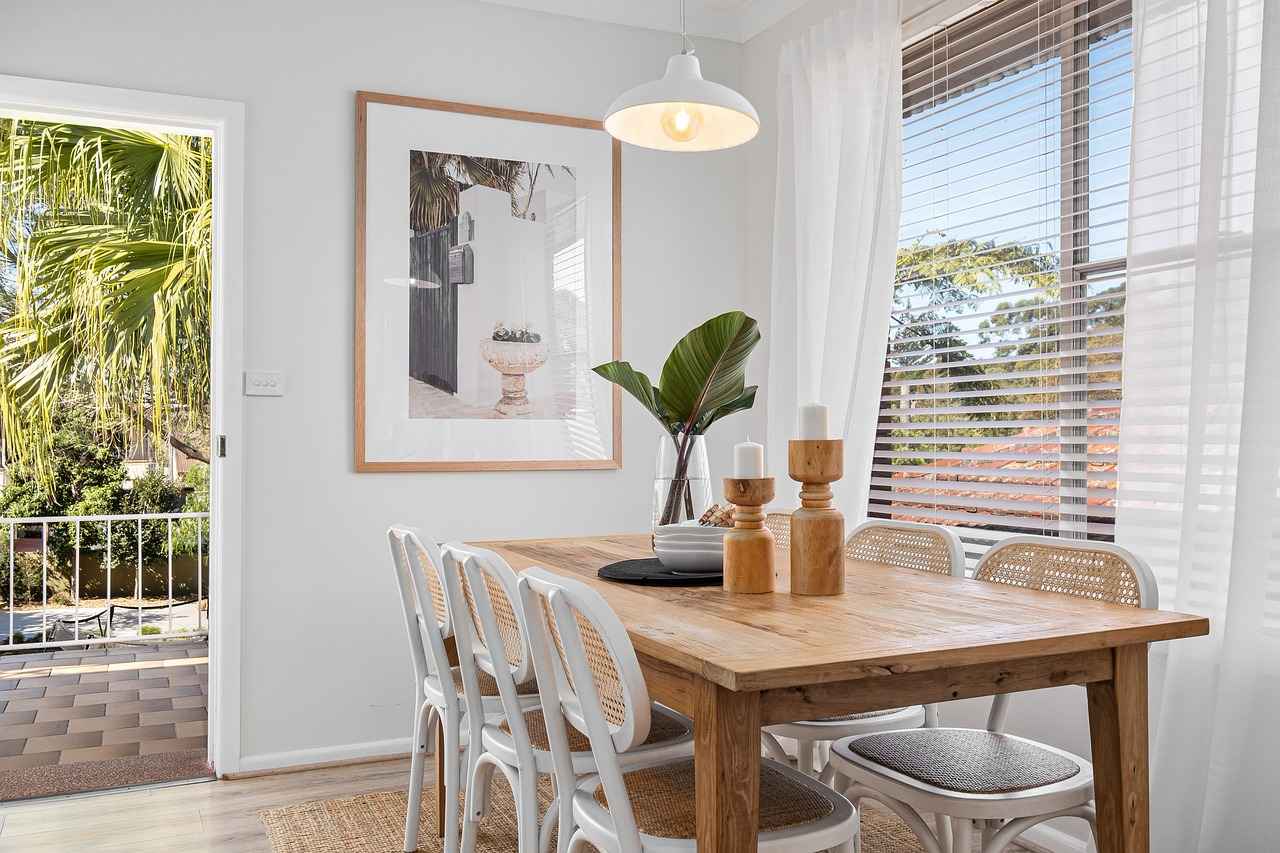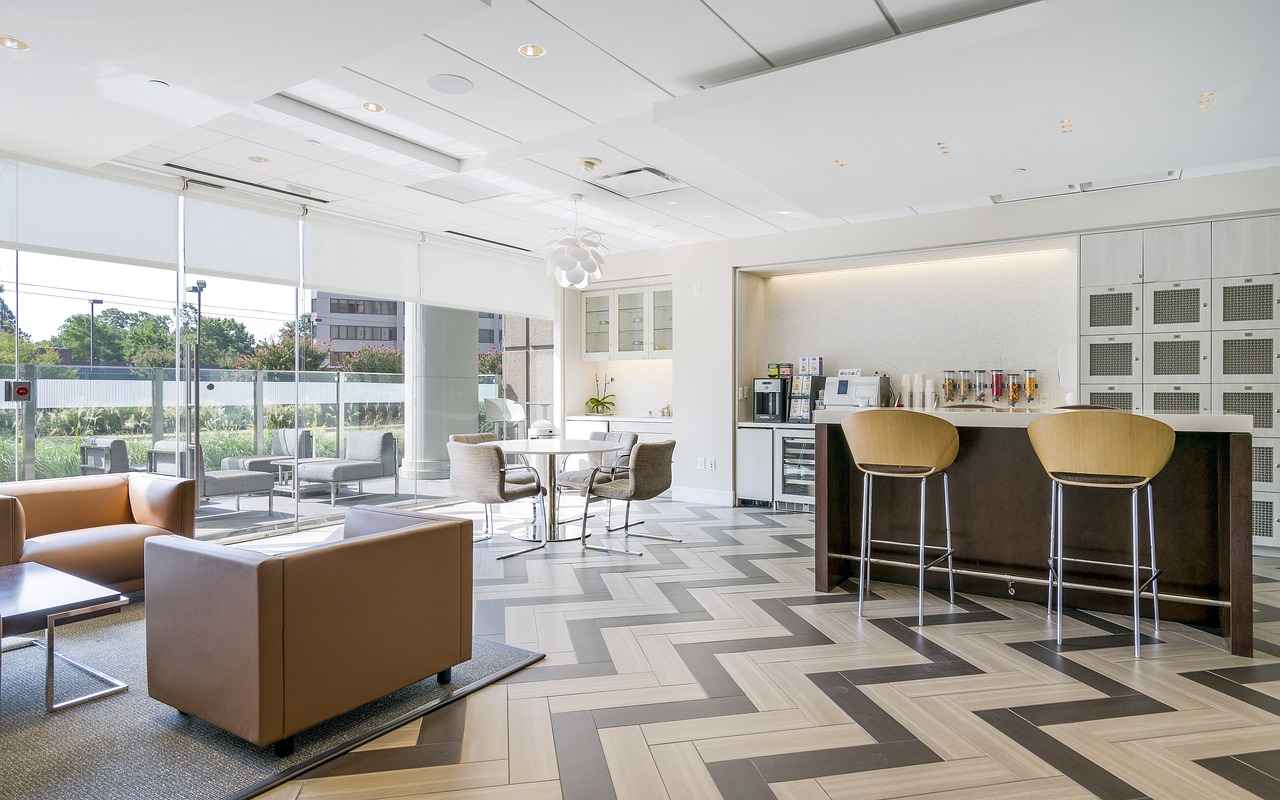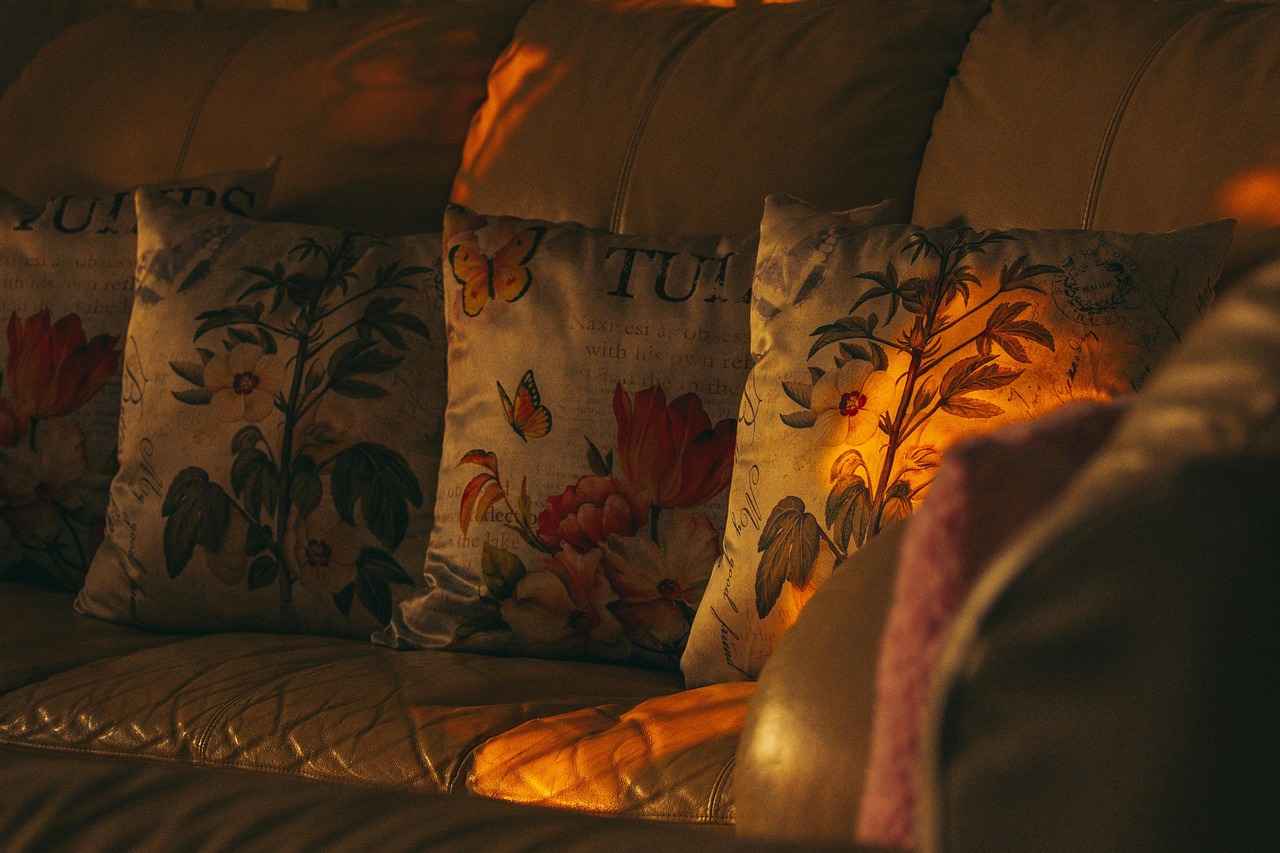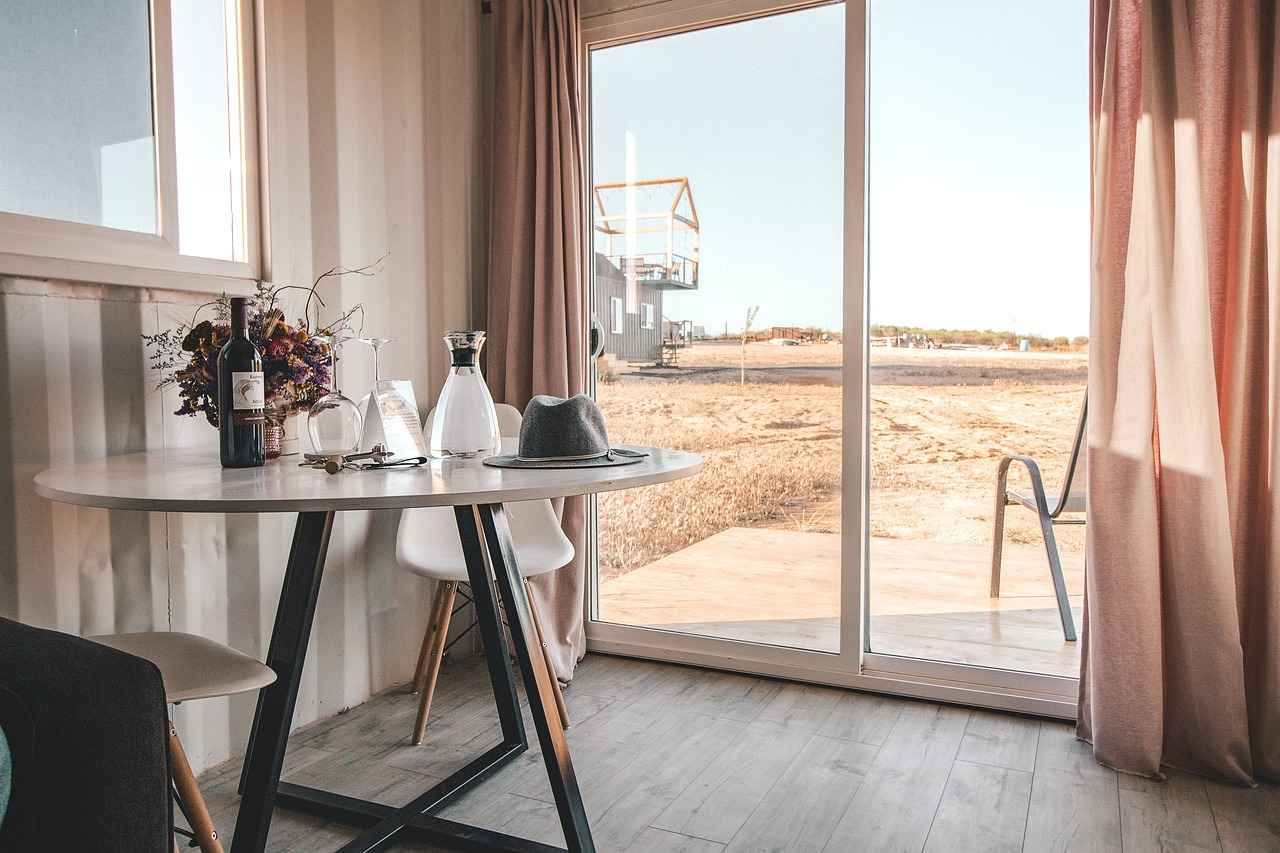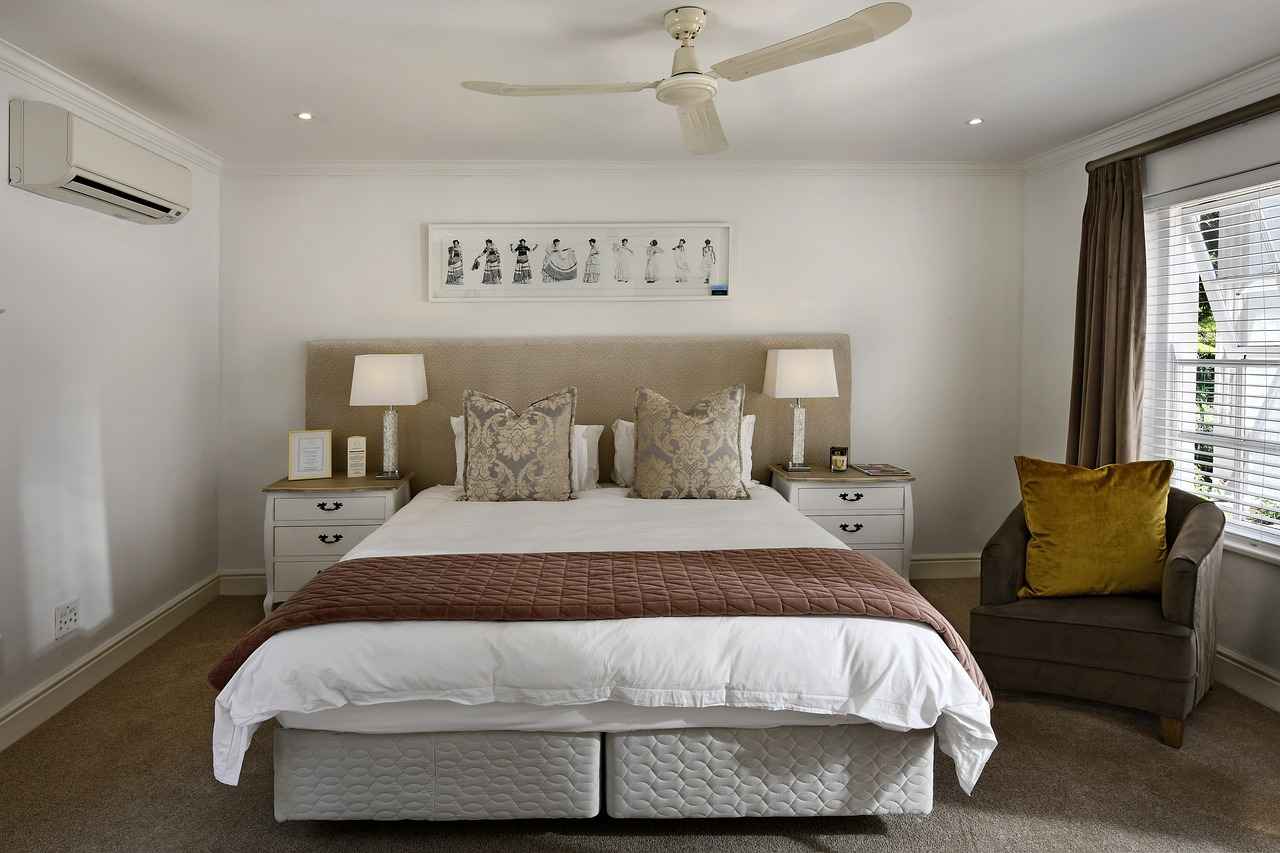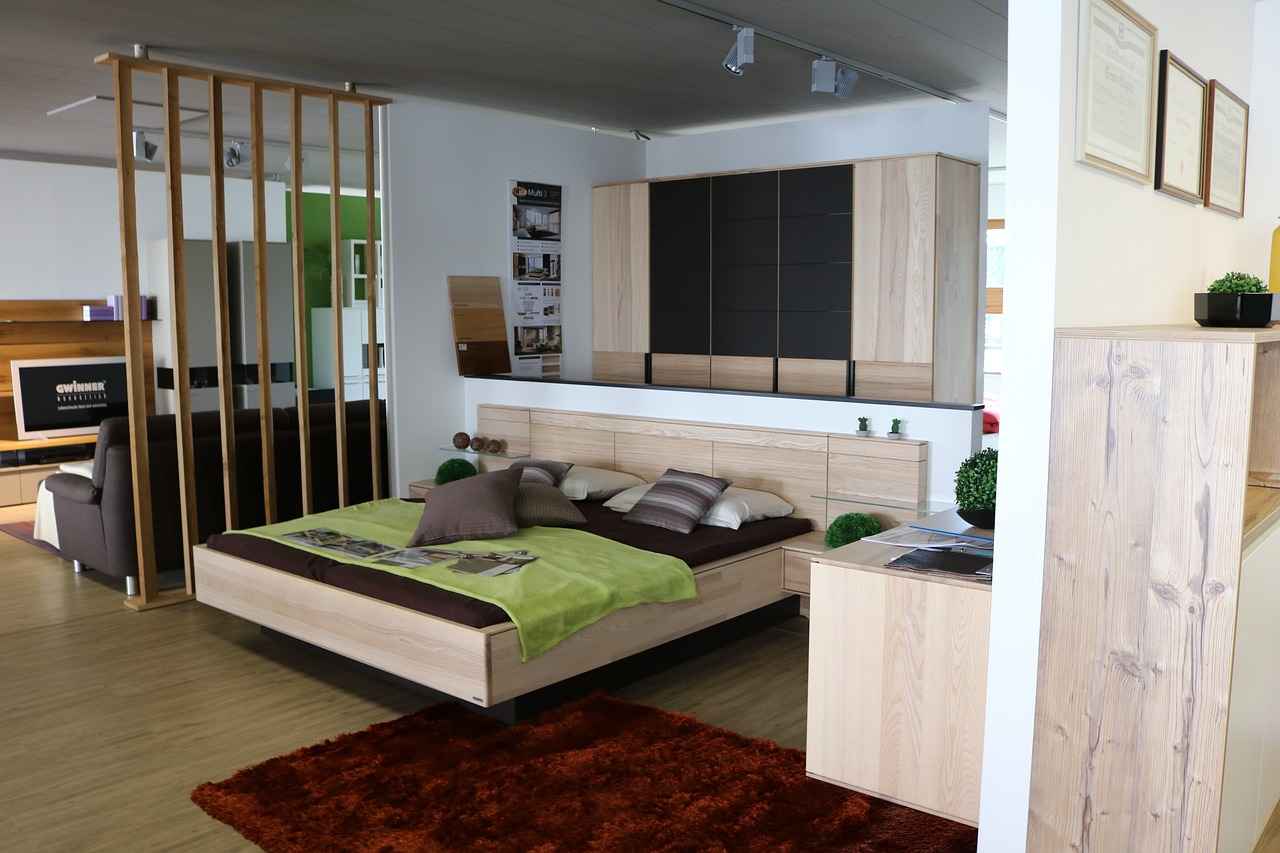This article delves into the advantages and disadvantages of glass and fabric room dividers, providing insights into their best uses, styles, and recommendations for various spaces. Understanding these options can help you make informed decisions for your home or office.
Glass room dividers are transparent barriers designed to separate spaces while allowing light to flow freely. They can be framed or frameless and come in various styles, enhancing both aesthetics and functionality. These dividers are particularly popular in modern interiors where light and openness are prioritized.
Fabric room dividers are versatile partitions made from a variety of materials, providing privacy and sound absorption. They are often lightweight and portable, making them suitable for multiple settings, from homes to offices. Their flexibility allows for easy rearrangement, adapting to changing needs.
- Enhancing Natural Light: One of the primary benefits of glass dividers is their ability to enhance natural light, creating a brighter atmosphere.
- Modern Aesthetic Appeal: Glass dividers contribute to a sleek, modern look, complementing various design styles.
- Fragility Concerns: Glass can be prone to breakage, which raises safety concerns, especially in homes with children or pets.
- Limited Privacy Options: While they allow light to flow, glass dividers often lack the privacy some users desire.
- Flexibility and Portability: Fabric dividers are lightweight, allowing for easy rearrangement and repositioning.
- Sound Absorption Qualities: The soft texture of fabric can absorb sound, making them ideal for noisy environments.
- Wear and Tear Over Time: Fabric may show signs of wear, such as fading or tearing, especially in high-traffic areas.
- Cleaning and Maintenance Challenges: Maintaining fabric dividers can be more challenging than glass, requiring regular cleaning.
When selecting a glass room divider, consider factors such as style, size, and functionality. Here are some top picks:
- Frameless Glass Panels: These provide a seamless look and are perfect for modern spaces.
- Textured Glass: Offers privacy while still allowing light to filter through.
For fabric room dividers, look for options that combine durability, design flexibility, and ease of use. Recommended choices include:
- Portable Fabric Screens: Ideal for temporary setups, these screens are easy to move and rearrange.
- Acoustic Panels: These not only divide spaces but also help reduce noise levels.
In summary, both glass and fabric room dividers have unique advantages and disadvantages. Your choice should depend on your specific needs, space requirements, and aesthetic preferences. By understanding the characteristics of each type, you can create a functional and stylish environment that suits your lifestyle.
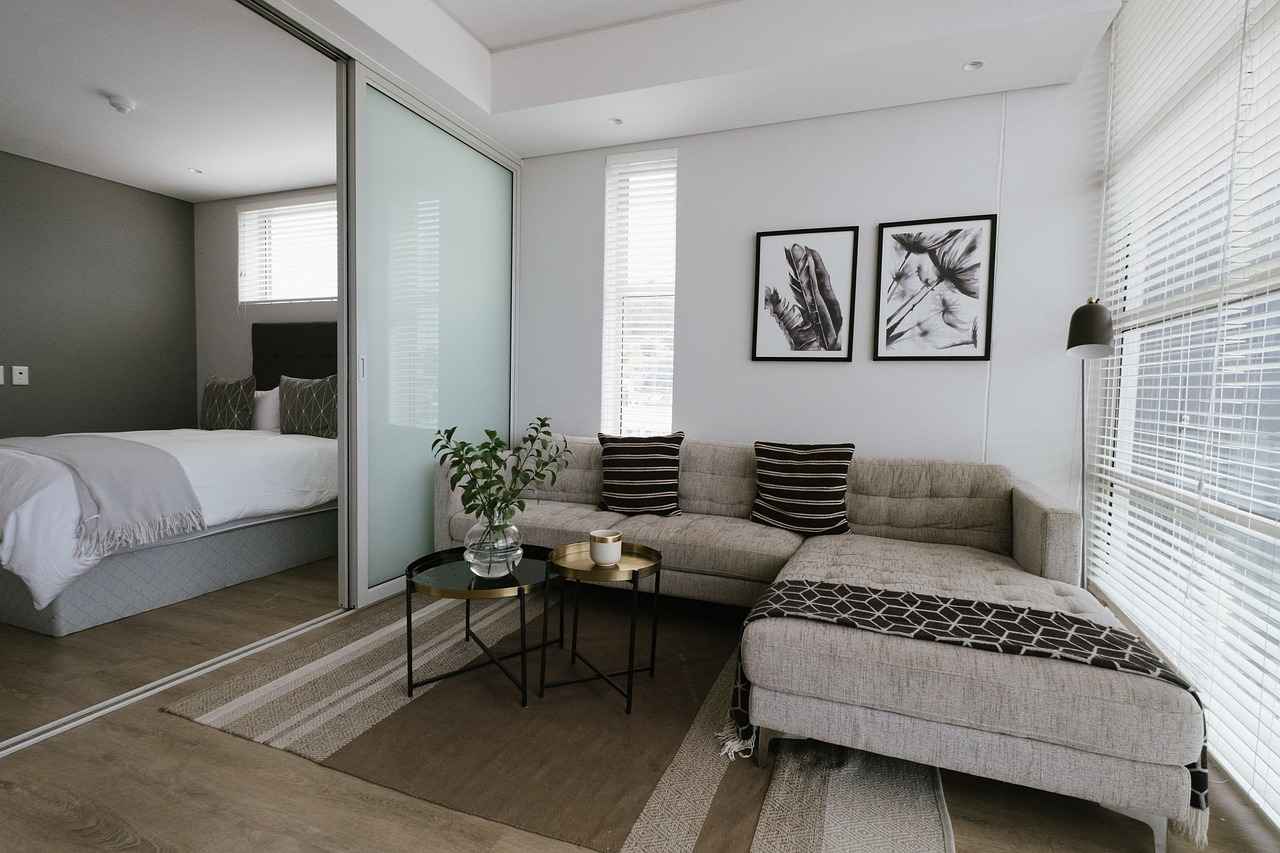
What Are Glass Room Dividers?
Glass room dividers have emerged as a popular solution for modern interior design, providing a unique blend of functionality and aesthetic appeal. These transparent barriers are not just practical; they also enhance the overall ambiance of a space. In this section, we will delve deeper into what glass room dividers are, their various styles, and how they can transform your living or working environment.
Glass room dividers are essentially transparent partitions designed to separate spaces without obstructing the flow of light. Unlike traditional walls, these dividers allow natural light to permeate through, creating an open and airy atmosphere. They are available in a variety of styles, including frameless, framed, and sliding options, catering to different design preferences and functional needs.
- Frameless Glass Dividers: These dividers offer a sleek, minimalist look, making them ideal for contemporary spaces. They create an illusion of continuity, enhancing the sense of openness.
- Framed Glass Dividers: With a sturdy frame, these dividers provide additional support and can be customized to match existing decor. They are perfect for those seeking a balance between style and durability.
- Sliding Glass Dividers: These are practical for smaller spaces, allowing users to open or close off areas as needed. They provide flexibility and can be an attractive feature in any room.
In addition to their aesthetic versatility, glass room dividers serve several functional purposes. They can effectively delineate spaces in open-concept homes or offices, creating distinct areas for work, relaxation, or socializing. By using glass dividers, you can maintain a sense of connection between spaces while still achieving the privacy you desire.
One of the most significant advantages of glass room dividers is their ability to enhance natural light. This feature not only brightens up a space but also contributes to a more inviting and comfortable environment. Furthermore, glass dividers can make areas feel larger than they are, counteracting the claustrophobic effects that traditional walls can create.
Another benefit is their modern aesthetic appeal. Glass dividers complement a wide range of interior design styles, from industrial to minimalist, making them a versatile choice for various settings. Their clean lines and transparency provide a sophisticated touch that can elevate the overall look of a room.
However, it is essential to consider the drawbacks of glass room dividers as well. One primary concern is their potential fragility. Glass can break or shatter, which raises safety issues, especially in households with children or pets. Therefore, it is crucial to choose tempered glass options that are designed for durability.
Another limitation is the privacy factor. While glass dividers allow light to flow freely, they do not provide the same level of privacy as fabric or solid dividers. This may make them less suitable for specific areas, such as bedrooms or private offices, where confidentiality is essential.
In summary, glass room dividers are an excellent option for those looking to enhance their space with a modern touch while maintaining openness and light. They come in various styles to suit different needs and preferences, making them a versatile choice. However, potential buyers should weigh the benefits against the drawbacks to ensure they select the right type of divider for their specific requirements.
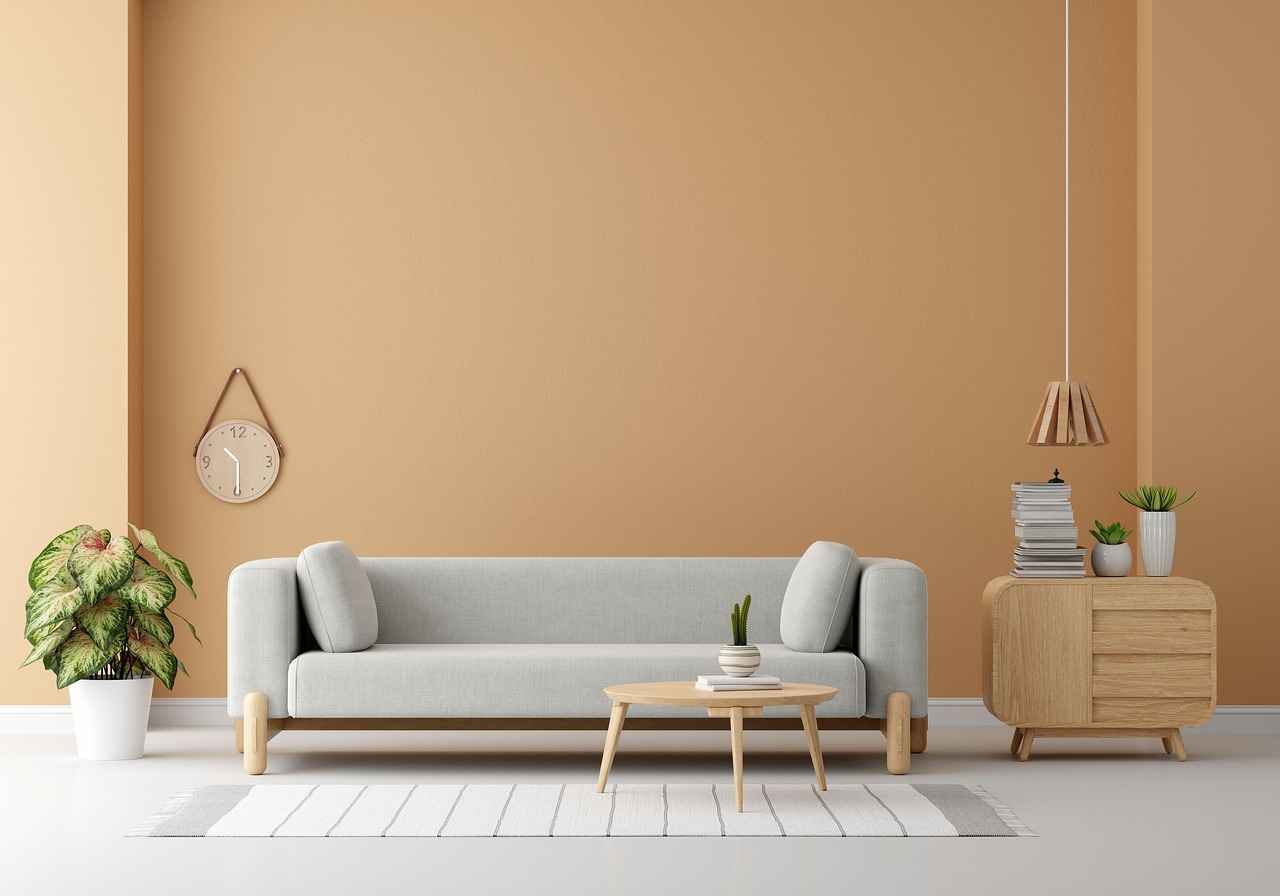
What Are Fabric Room Dividers?
Fabric room dividers are increasingly popular solutions for both residential and commercial spaces, providing a blend of functionality and style. These versatile partitions are designed to create distinct areas within a larger room, offering both privacy and sound absorption. Made from various materials, fabric dividers can be tailored to fit different aesthetics and practical needs.
Fabric room dividers are flexible partitions that utilize textiles to separate spaces. They can be constructed from a variety of materials, including polyester, cotton, and blends, which allow for a range of colors and patterns. This adaptability not only enhances the visual appeal of a room but also serves practical purposes.
There are several compelling reasons to consider fabric room dividers for your space:
- Portability: Many fabric dividers are lightweight and easy to move, making them ideal for temporary setups or areas that require frequent reconfiguration.
- Sound Absorption: The soft texture of fabric helps dampen noise, making these dividers perfect for open offices or shared living environments where acoustic comfort is essential.
- Affordability: Compared to glass dividers, fabric options are often more budget-friendly, allowing for stylish space management without breaking the bank.
One of the standout features of fabric room dividers is their design flexibility. Available in a multitude of colors, patterns, and textures, these dividers can complement any interior style—from modern minimalism to bohemian chic. You can even customize fabric choices to align with your branding in office settings.
While fabric dividers offer many benefits, they do require some maintenance to keep them looking their best. Regular cleaning is necessary to prevent dust accumulation and stains. Most fabric dividers can be spot cleaned, but some may be machine washable, depending on the material. Always check the manufacturer’s guidelines for care instructions.
Despite their advantages, fabric room dividers come with certain drawbacks:
- Wear and Tear: Over time, fabric dividers may show signs of wear, such as fading or tearing, especially in high-traffic areas.
- Limited Durability: Compared to glass, fabric dividers may not provide the same level of longevity, particularly in environments that demand robust partitioning solutions.
Fabric room dividers are incredibly versatile and can be used in a variety of settings:
- Home Offices: Create a dedicated workspace by sectioning off a part of your living area.
- Event Spaces: Use fabric dividers to create intimate settings during events, allowing for multiple activities to occur simultaneously.
- Educational Institutions: In classrooms, fabric dividers can help manage different learning groups or activities without permanent alterations.
In summary, fabric room dividers are an excellent choice for those seeking flexible, stylish, and functional space management solutions. Their ability to provide privacy and sound absorption, combined with a wide range of design options, makes them suitable for various applications. By understanding their benefits and drawbacks, you can make an informed decision that aligns with your specific needs.
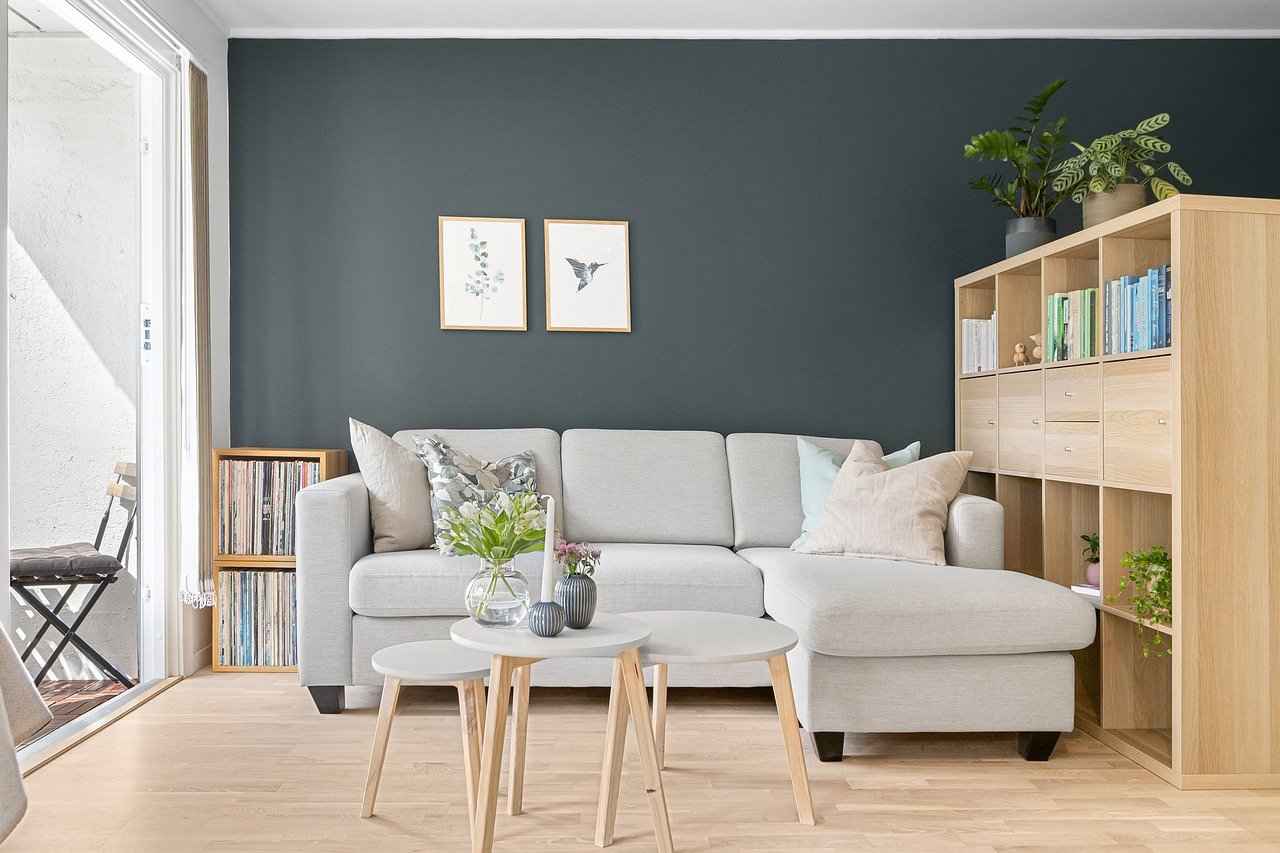
Benefits of Glass Room Dividers
In modern interior design, the choice of room dividers can significantly influence the ambiance and functionality of a space. Among the various options available, glass room dividers have gained popularity for their ability to blend style with practicality. This section delves into the , highlighting how they can transform an environment while addressing common user queries.
- Enhancing Natural Light: One of the most compelling advantages of glass room dividers is their ability to maximize natural light. Unlike traditional walls, glass dividers allow sunlight to flow freely between spaces, creating a bright and airy atmosphere. This can be particularly beneficial in areas where light is limited, such as basements or smaller rooms.
- Creating a Sense of Openness: Glass dividers foster a feeling of spaciousness. By maintaining visual connections between areas, they prevent the feeling of confinement often associated with solid walls. This is especially advantageous in open-concept designs, where delineating spaces without sacrificing openness is essential.
- Modern Aesthetic Appeal: Glass dividers are synonymous with contemporary design. They offer a sleek and sophisticated look that complements various interior styles, from minimalist to industrial. Their transparent nature can enhance the overall decor, making them a stylish choice for both homes and offices.
- Easy Maintenance: Compared to fabric dividers, glass dividers are relatively easy to clean and maintain. A simple wipe-down with glass cleaner can keep them looking pristine, making them a practical option for busy environments.
- Durability: When properly installed, glass dividers can be quite durable. They are resistant to wear and tear, unlike fabric dividers that may fade or tear over time. This longevity makes them a worthwhile investment for those looking for a lasting solution.
Glass room dividers not only serve functional purposes but also enhance the overall aesthetic of a space. Their ability to reflect light and create visual depth can make a room feel larger and more inviting. Additionally, they can be customized with various frame styles and finishes, allowing homeowners to tailor them to their specific design preferences.
While glass room dividers offer numerous benefits, they may not be suitable for every situation. For instance, in environments where privacy is a concern, such as bedrooms or conference rooms, the transparency of glass may not provide the necessary seclusion. However, options like frosted or tinted glass can mitigate this issue while still allowing light to permeate.
When considering glass room dividers, it’s essential to account for the initial investment as well as installation costs. While they may be more expensive than fabric options, the durability and aesthetic appeal can justify the price. Additionally, the potential for increased property value through enhanced design may offset upfront costs in the long run.
In summary, glass room dividers offer a multitude of advantages, from enhancing natural light to providing a modern aesthetic appeal. Their ability to create a sense of openness while maintaining functionality makes them a favored choice in contemporary interior design. Whether for residential or commercial spaces, the benefits of glass room dividers are clear, making them a valuable addition to any layout.
Enhancing Natural Light
One of the primary benefits of glass room dividers is their remarkable ability to enhance natural light within any space. By utilizing transparent materials, these dividers create a seamless flow of light, which can significantly transform the atmosphere of a room. Unlike traditional walls that block light, glass dividers allow sunlight to penetrate deeper into the interior, making spaces feel larger and more inviting.
In open-concept designs, where maximizing light is crucial, glass dividers serve as an effective solution. They can delineate areas without sacrificing brightness, which is particularly beneficial in offices and homes that prioritize a warm and welcoming environment. The use of glass not only promotes light but also enhances visibility, allowing for interactions between different areas while maintaining a sense of separation.
Moreover, the reflective properties of glass can amplify the effects of natural light. When strategically placed, glass dividers can bounce light around the room, creating a brighter atmosphere even in spaces that may not receive abundant sunlight. This is especially advantageous in areas with limited windows or darker corners, where every bit of light counts.
Additionally, glass room dividers can be designed in various styles, from frosted to clear, allowing homeowners and designers to choose options that best fit their aesthetic preferences while still achieving the goal of increased light. For instance, frosted glass offers a degree of privacy while still permitting light to filter through, making it a popular choice for bathrooms or offices.
In terms of energy efficiency, enhancing natural light can also lead to reduced reliance on artificial lighting. This not only contributes to lower energy bills but also promotes a more sustainable lifestyle. By maximizing the use of daylight, spaces can remain illuminated during the day without the need for additional lighting sources.
Furthermore, the psychological benefits of natural light are well-documented. Exposure to natural light can improve mood, increase productivity, and even enhance overall well-being. In workspaces, for example, employees often report higher levels of satisfaction and focus when surrounded by ample light. This makes glass room dividers not just a functional choice but also a beneficial one for mental health.
In summary, glass room dividers are an excellent choice for anyone looking to enhance natural light in their spaces. They provide a modern aesthetic while promoting openness and brightness. Whether in a residential or commercial setting, these dividers can transform an ordinary room into a vibrant and inviting environment that encourages interaction and creativity.
Modern Aesthetic Appeal
In today’s design landscape, glass room dividers have emerged as a favored choice for those seeking to create a sophisticated and contemporary atmosphere in their homes and offices. These dividers not only serve a functional purpose but also enhance the overall visual appeal of a space. Their sleek, transparent nature allows for seamless integration into various interior design styles, making them a versatile option for any setting.
One of the primary advantages of glass dividers is their ability to maximize natural light. Unlike traditional walls that can create dark and enclosed spaces, glass dividers allow light to flow freely, creating an open and airy environment. This characteristic is particularly beneficial in smaller rooms or offices, where natural light can significantly impact mood and productivity. The result is a space that feels larger and more inviting, promoting a sense of well-being.
Moreover, the modern aesthetic of glass dividers complements a range of interior styles, from minimalist to industrial. Their clean lines and transparent qualities can enhance the beauty of existing decor, making them an ideal choice for contemporary homes. Whether used in living areas, offices, or commercial spaces, glass dividers contribute to a polished look that resonates with modern design principles.
In addition to their aesthetic benefits, glass dividers also offer functional versatility. They can be customized in various shapes, sizes, and finishes, allowing homeowners and designers to create unique layouts that suit their specific needs. For instance, frosted or tinted glass options can provide a degree of privacy while still maintaining the light-enhancing qualities of glass. This adaptability makes glass dividers suitable for both residential and commercial applications.
However, potential buyers should also consider some drawbacks associated with glass dividers. While they offer a modern look, they may not provide the level of privacy some users desire. In environments where confidentiality is paramount, such as offices dealing with sensitive information, glass dividers might fall short. Additionally, the fragility of glass can raise safety concerns, particularly in homes with children or pets. It’s essential to weigh these factors carefully when deciding on the best type of room divider for your space.
In conclusion, glass room dividers are an excellent choice for those looking to enhance the modern aesthetic of their interiors. With their ability to allow natural light, create a sense of openness, and adapt to various design styles, they provide a stylish solution for both residential and commercial spaces. As you explore your options, consider the specific needs of your environment to ensure that your choice aligns with your aesthetic and functional requirements.
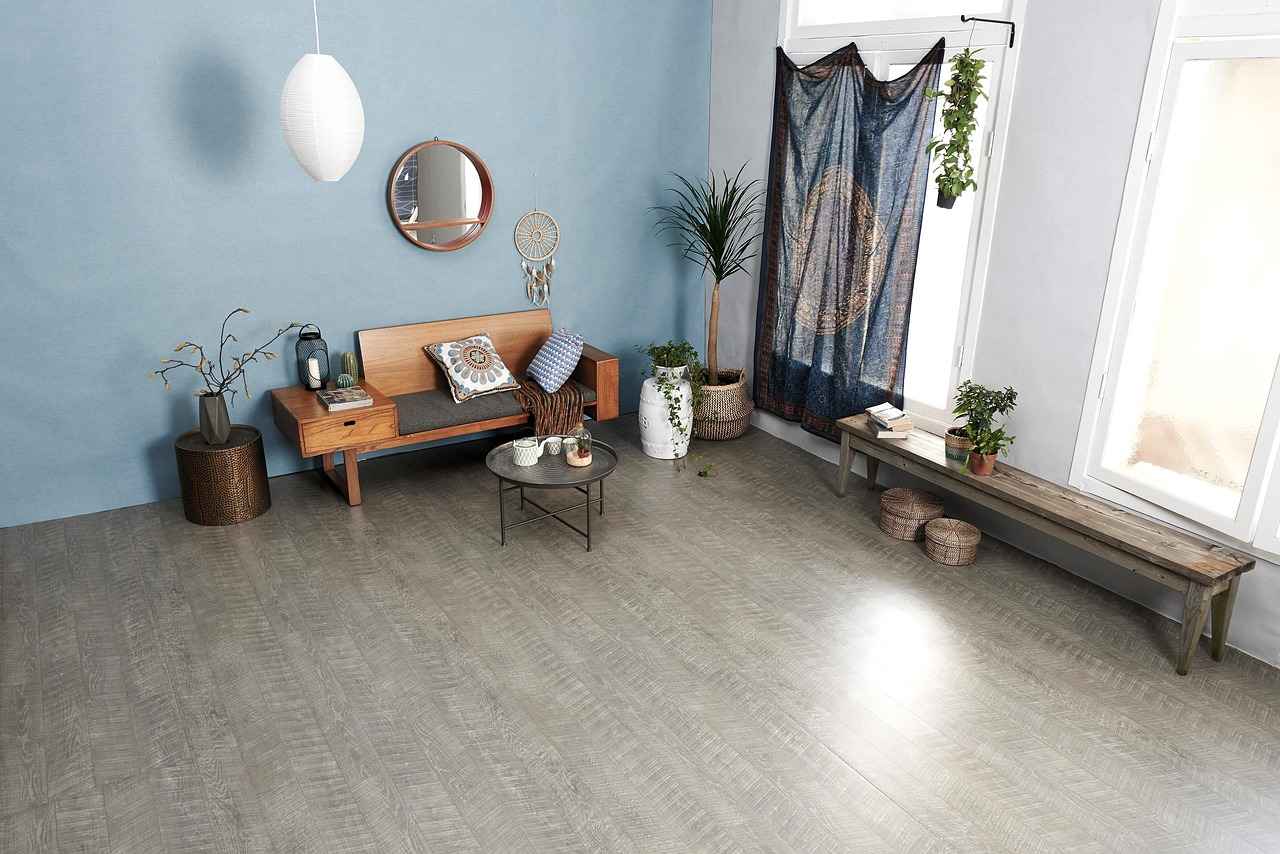
Drawbacks of Glass Room Dividers
When considering room dividers, glass options have gained popularity for their aesthetic appeal and functionality. However, it is essential to examine the to determine if they are the right choice for your space.
While glass room dividers offer several benefits, they also come with notable disadvantages that can impact their suitability for various environments. Here, we explore some of the most significant concerns associated with glass dividers.
One of the primary drawbacks of glass room dividers is their potential fragility. Glass can shatter or break, which raises safety concerns, particularly in homes with children or pets. This fragility can limit the practicality of using glass dividers in high-traffic areas or spaces where accidental impacts are likely. To mitigate these risks, consider tempered or laminated glass, which is designed to withstand impacts better than standard glass.
Another significant drawback is the limited privacy that glass dividers provide. While they allow light to flow freely, they do not offer the same level of seclusion as fabric or solid dividers. This lack of privacy can be a disadvantage in settings such as bedrooms or offices where confidentiality is essential. For those seeking a balance, frosted or tinted glass options can provide some degree of privacy while still maintaining the benefits of natural light.
Glass room dividers also have acoustic limitations. They do not absorb sound effectively, which can lead to noise disturbances in open-concept spaces. This is particularly important in environments like offices, where concentration is vital. Users may find that the sound travels easily through glass, making it less ideal for areas requiring quietness. In contrast, fabric dividers can help absorb sound, making them a better option for noise-sensitive environments.
In terms of cost, glass room dividers can be more expensive than their fabric counterparts. The initial investment for quality glass dividers, including installation, can be significant. Additionally, repairs or replacements due to breakage can add to long-term costs. Homeowners and businesses should weigh these financial implications against the aesthetic and functional benefits that glass dividers provide.
Maintaining glass dividers can also pose challenges. While they do not accumulate dust and stains as easily as fabric, they do require regular cleaning to keep them looking pristine. Fingerprints, smudges, and streaks can be particularly noticeable on glass surfaces, necessitating more frequent upkeep. Users must be prepared to invest time and resources into maintaining their glass dividers to ensure they remain visually appealing.
In summary, while glass room dividers offer a modern and stylish way to separate spaces, they come with several drawbacks that should be carefully considered. From fragility and limited privacy to acoustic limitations and cost considerations, these factors can significantly impact their suitability for different environments. By understanding these challenges, users can make informed decisions about whether glass dividers are the right fit for their specific needs.
Fragility Concerns
Glass room dividers are increasingly popular in modern interior design due to their sleek appearance and ability to enhance natural light. However, one of the significant drawbacks associated with these dividers is their fragility. This aspect raises several safety concerns, particularly in households with children or pets.
Glass is inherently a brittle material. While many glass dividers are made from tempered or laminated glass, which is designed to withstand impacts better than regular glass, they can still break under certain conditions. For instance, a child or pet running into a glass divider can lead to serious safety hazards, including sharp shards that pose risks of injury. Additionally, the weight of the glass can create challenges during installation and transportation, necessitating careful handling.
- Risk of Injury: Broken glass can lead to cuts and lacerations, making it essential for families to consider the safety of their living environment.
- Potential for Accidental Breakage: High-traffic areas may increase the likelihood of accidental impacts, raising concerns about the practicality of glass dividers in such settings.
- Child and Pet Safety: Households with young children or pets may find that glass dividers can be a risky choice, especially in play areas.
For those who love the aesthetic appeal of glass but are concerned about its fragility, there are alternatives available:
- Acrylic Dividers: These are lightweight and shatter-resistant, making them a safer choice for homes with children and pets.
- Fabric Dividers: Offering flexibility and sound absorption, fabric dividers can be a practical solution for creating separate spaces without the risk of breakage.
- Wood or Metal Partitions: Sturdy materials like wood or metal can provide a robust alternative, ensuring safety while maintaining style.
If you choose to incorporate glass dividers into your space, consider these safety measures:
1. Install safety film on glass surfaces to minimize shattering risks.2. Ensure proper installation by hiring professionals to avoid accidents.3. Use protective barriers in high-traffic areas to reduce impact risks.4. Regularly inspect the glass for any signs of wear or damage.
While glass room dividers can enhance the beauty and openness of a space, their fragility raises valid concerns regarding safety, particularly in homes with children or pets. By understanding the risks and considering alternatives or safety measures, homeowners can make informed decisions that balance aesthetics with practicality.
Limited Privacy Options
When considering room dividers, one of the significant factors to weigh is privacy. While glass dividers are aesthetically pleasing and allow for an abundance of natural light, they often fall short in providing the level of privacy that some users require. This can make them less suitable for specific environments, such as bedrooms or sensitive workspaces.
Privacy is a critical consideration in various settings. In residential spaces, such as bedrooms, individuals often seek a personal sanctuary away from the hustle and bustle of daily life. In professional environments, such as offices or conference rooms, privacy can enhance productivity and confidentiality. Therefore, the choice of room divider becomes crucial in achieving the desired balance between openness and seclusion.
Despite their many advantages, glass room dividers present inherent limitations regarding privacy:
- Transparency: The most obvious drawback is that glass is transparent. This characteristic can lead to discomfort for individuals who prefer a more intimate setting. In a bedroom, for instance, the lack of barriers can make it challenging to relax or feel secure.
- Sound Transmission: Glass does not absorb sound effectively. This means that conversations and noises can easily travel through, making it difficult to maintain confidentiality in workspaces. Employees may feel exposed during discussions, which could hinder open communication.
- Visual Distractions: In environments where focus is essential, such as offices, glass dividers can create visual distractions. The constant movement of people and activities outside the divider can disrupt concentration and productivity.
If privacy is a primary concern, there are several alternatives to glass dividers that can offer better solutions:
- Fabric Room Dividers: Unlike glass, fabric dividers can provide a more enclosed feel. They are available in various colors and patterns, allowing for customization while effectively blocking sightlines.
- Frosted Glass Options: For those who still want the aesthetics of glass but require more privacy, frosted glass dividers can be a viable option. They allow light to filter through while obscuring visibility.
- Wooden or Metal Screens: These materials can create a solid barrier that offers complete privacy. They can be designed to match the decor of a space while providing a sense of enclosure.
Ultimately, the choice between glass and fabric room dividers—or other materials—depends on the specific needs of the user. Assessing the environment and understanding the intended use of the space can guide the decision-making process. If privacy is paramount, it may be worthwhile to explore options that prioritize seclusion while still allowing for some degree of light flow.
In conclusion, while glass dividers are a popular choice for their modern aesthetic and ability to enhance natural light, their limitations in privacy cannot be overlooked. By considering alternative materials and designs, users can achieve a more balanced approach to space management that aligns with their privacy needs.
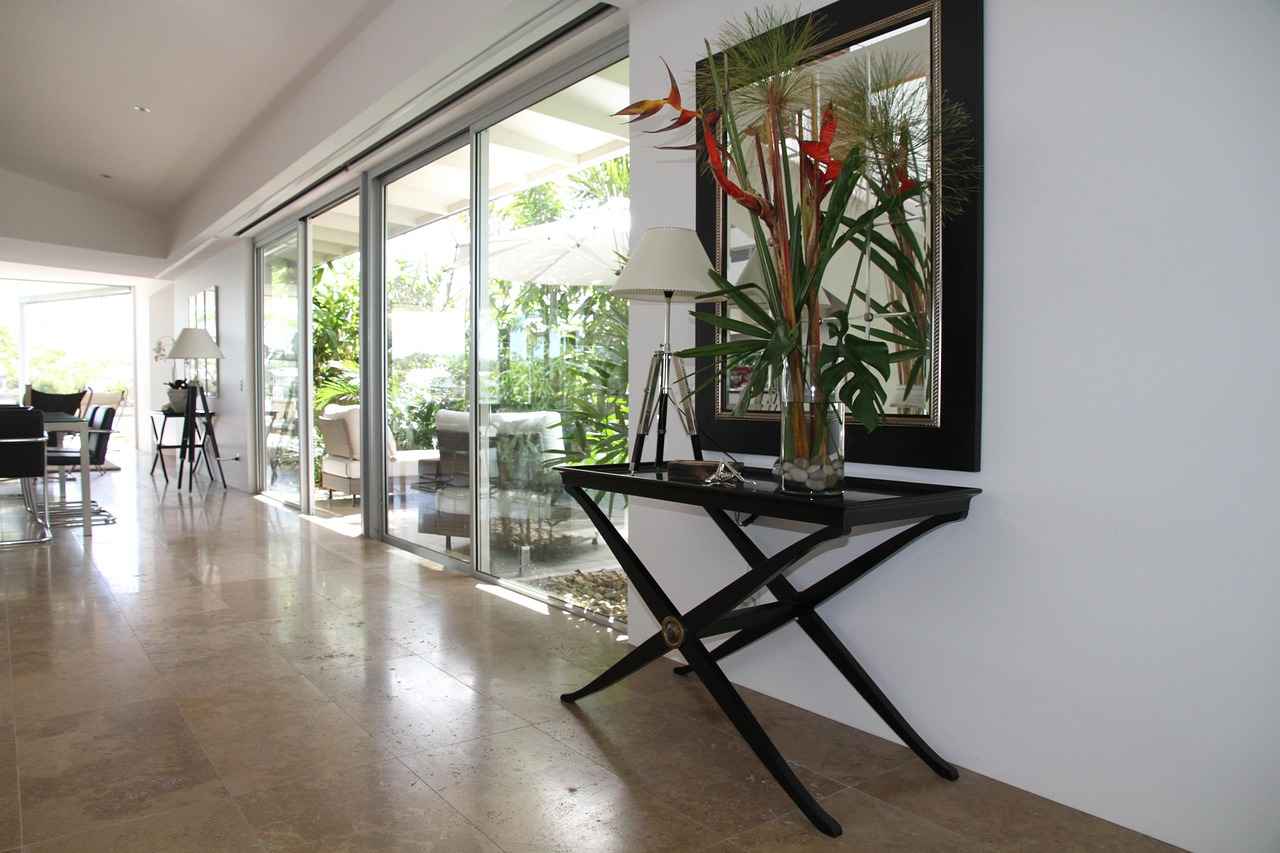
Benefits of Fabric Room Dividers
Fabric room dividers are becoming increasingly popular in various settings, from homes to offices. These versatile partitions provide a range of benefits that make them a practical choice for anyone looking to enhance their space. Below, we delve deeper into the , highlighting their unique features and advantages.
- Flexibility: One of the standout features of fabric room dividers is their flexibility. Unlike traditional walls, fabric dividers can be easily moved and reconfigured to suit changing needs. This adaptability is particularly beneficial in environments where space is frequently altered, such as in event venues or open-plan offices.
- Affordability: Fabric dividers are generally more affordable than glass or solid wall options. Their cost-effectiveness makes them an attractive choice for those on a budget, allowing for creative space management without compromising quality.
- Sound Absorption: The acoustic properties of fabric play a significant role in enhancing the comfort of a space. Fabric room dividers can effectively absorb sound, reducing noise levels in busy environments. This makes them ideal for open offices, classrooms, or shared living spaces where privacy and concentration are essential.
Beyond their functional benefits, fabric room dividers also contribute to the overall aesthetic of a space. Available in various colors, patterns, and textures, these dividers can complement any decor style. Whether you prefer a minimalist look or vibrant patterns, there is a fabric option that can enhance your environment.
Another significant advantage of fabric room dividers is their ease of maintenance. While they do require regular cleaning to keep them looking fresh, many fabric options are machine washable or can be easily wiped down. This feature is particularly appealing in high-traffic areas where cleanliness is a priority.
Fabric room dividers can be used in various settings, including:
- Home Environments: They can create temporary spaces for guests, children’s play areas, or even home offices, allowing for better organization and privacy.
- Commercial Spaces: In offices, fabric dividers can help create collaborative zones or private meeting spaces, enhancing productivity and comfort.
- Event Spaces: For events, these dividers can define areas for different activities, making the space more functional and visually appealing.
Yes, many fabric room dividers offer customization options. Users can choose specific colors, patterns, and sizes to fit their unique needs. This level of personalization allows for a tailored solution that aligns perfectly with the intended design and functionality of the space.
While fabric room dividers can provide a level of privacy, the degree varies based on the fabric’s thickness and opacity. For those seeking more privacy, selecting a denser fabric or layered options can enhance the divider’s effectiveness. This makes them suitable for various applications, from creating cozy reading nooks to establishing private work areas.
In summary, fabric room dividers are a versatile, affordable, and aesthetically pleasing choice for anyone looking to optimize their space. Their flexibility, sound absorption capabilities, and ease of maintenance make them a practical solution for both residential and commercial environments.
Flexibility and Portability
When it comes to optimizing space, flexibility and portability are essential features of fabric room dividers. These versatile partitions are designed to adapt to various environments, making them a popular choice for both home and office settings.
Fabric dividers are inherently lightweight, which allows users to easily move and rearrange them as needed. This adaptability is particularly beneficial for those who frequently change their space layout or require temporary setups. Whether you are hosting an event, dividing a workspace, or creating a cozy nook in your living room, fabric dividers can be effortlessly repositioned to suit your needs.
The portable nature of fabric dividers makes them an ideal solution for individuals who need to set up or dismantle spaces quickly. For instance, in a shared office environment, fabric dividers can be used to create private workstations during peak hours and then easily removed or adjusted when not needed. This flexibility is invaluable in dynamic work settings where collaboration is key, yet privacy is also necessary.
- Event Spaces: Ideal for weddings, trade shows, and exhibitions, fabric dividers can create distinct areas for different activities.
- Open-Concept Homes: In open living spaces, fabric dividers can delineate areas without permanently altering the layout.
- Classrooms: Educators can use fabric dividers to create small group areas or quiet zones for study.
- Healthcare Settings: In clinics or hospitals, fabric dividers can provide patients with privacy while maintaining a welcoming atmosphere.
One of the standout features of fabric dividers is their ability to adapt to changing spaces. As needs evolve, these dividers can be reconfigured to accommodate new layouts or purposes. For example:
- If a room is being transformed from a living area to a workspace, fabric dividers can be repositioned to create designated areas for work and relaxation.- In a classroom, dividers can be adjusted to facilitate different teaching styles, whether it be group work or individual study time.
Another appealing aspect of fabric dividers is the wide range of design options available. They can be found in various colors, patterns, and materials, allowing users to select options that complement their existing décor. This customization enhances the aesthetic appeal of any space while providing practical functionality.
In summary, fabric room dividers offer unparalleled flexibility and portability, making them a practical choice for a variety of settings. Their lightweight nature allows for easy rearrangement, while their design versatility ensures that they can fit seamlessly into any environment. Whether you are looking to create temporary spaces or simply want to enhance your current layout, fabric dividers are a smart investment.
Sound Absorption Qualities
When considering room dividers, the choice between glass and fabric can significantly impact the functionality and ambiance of a space. One of the standout features of fabric room dividers is their , making them particularly beneficial in environments where noise control is essential.
In many modern settings, such as open offices, coworking spaces, or shared living areas, noise can become a significant distraction. Fabric room dividers excel in these situations due to their ability to soften and absorb sound waves. This characteristic helps create a more peaceful atmosphere, allowing individuals to focus better on their tasks or enjoy a quieter home environment.
The soft texture of fabric plays a crucial role in its sound-dampening capabilities. Unlike hard surfaces, which reflect sound, fabric materials can trap sound waves, reducing echo and overall noise levels. This is particularly beneficial in:
- Open Office Layouts: In spaces where multiple conversations occur simultaneously, fabric dividers can help minimize distractions.
- Shared Living Spaces: For roommates or families, fabric dividers can provide a sense of privacy while also curbing noise from common areas.
- Event Spaces: In venues where events take place, fabric dividers can help manage sound levels, ensuring a more enjoyable experience for attendees.
Not all fabrics are created equal when it comes to sound absorption. Certain materials are more effective than others. For optimal sound-dampening performance, consider:
- Thick Fabrics: Materials like velvet or heavy cotton can absorb more sound compared to thinner fabrics.
- Multi-layered Designs: Dividers that incorporate multiple layers of fabric can enhance sound absorption by creating air pockets that trap sound waves.
- Acoustic Panels: Some fabric dividers are designed with built-in acoustic panels, specifically engineered for superior sound absorption.
In addition to their acoustic properties, fabric room dividers come in various styles and colors, allowing them to blend seamlessly into any decor. Whether you prefer a modern aesthetic or a more traditional look, there are options available that can cater to your personal taste while still providing the necessary sound control.
While fabric room dividers offer numerous advantages, it’s essential to consider their maintenance and durability. Over time, fabric can accumulate dust and stains, which might necessitate regular cleaning. However, many modern fabric dividers are designed with removable covers or are made from materials that are easier to clean, making upkeep less of a burden.
In conclusion, fabric room dividers are an excellent solution for anyone looking to enhance privacy and reduce noise in shared spaces. Their sound absorption qualities, combined with their versatility and aesthetic appeal, make them a popular choice for both residential and commercial environments. As you explore options, consider the specific needs of your space and how fabric dividers can contribute to a more comfortable and productive atmosphere.
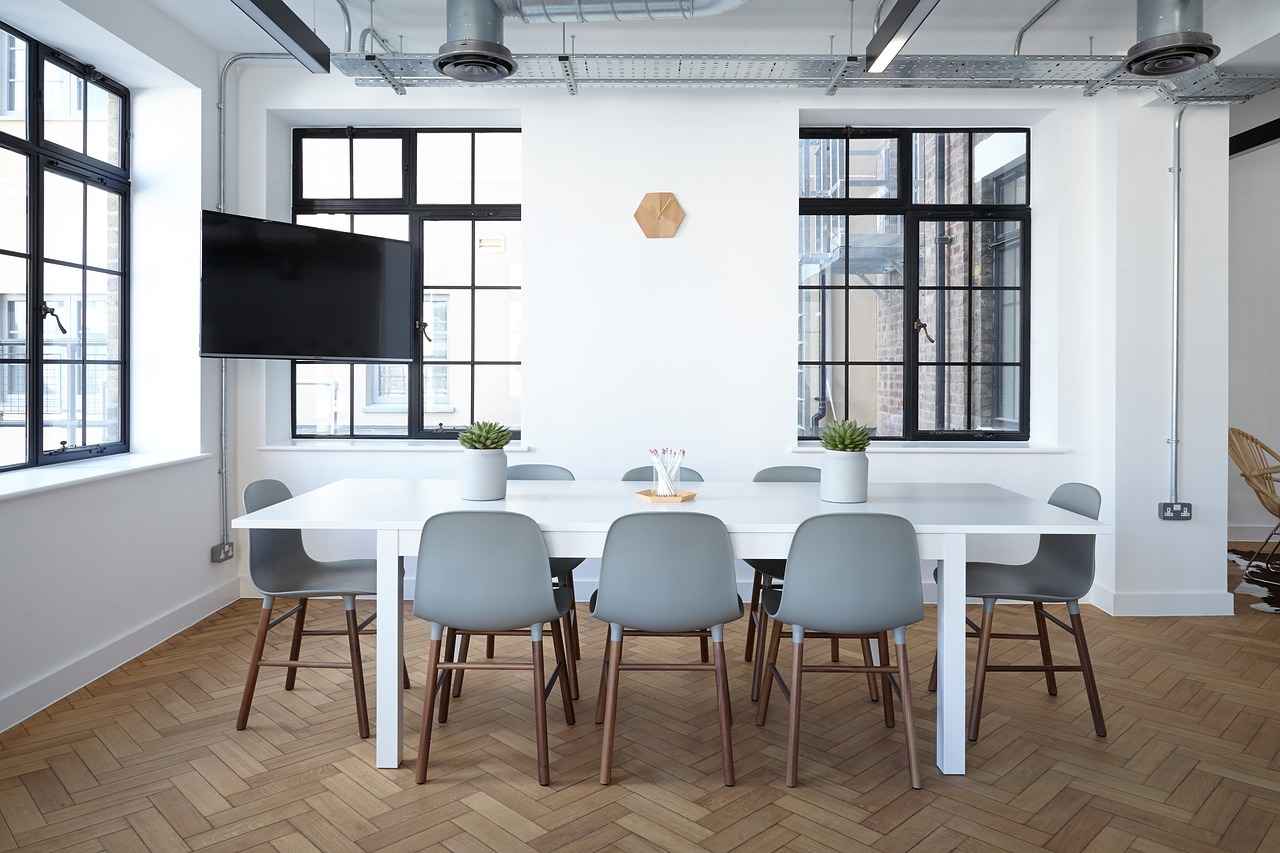
Drawbacks of Fabric Room Dividers
When considering room dividers, fabric options provide flexibility and affordability; however, they also come with certain drawbacks that can affect their overall utility in various settings. Understanding these limitations is crucial for making an informed choice.
Fabric room dividers, while versatile, have some inherent disadvantages that may influence your decision. Below are some key points to consider:
- Wear and Tear Over Time: Fabric dividers are susceptible to wear and tear, especially in high-traffic areas. Frequent use can lead to fading, tearing, or fraying, which diminishes their aesthetic appeal and functionality. Unlike glass, which can maintain its look for years, fabric dividers may need to be replaced more frequently, leading to additional costs over time.
- Cleaning and Maintenance Challenges: Maintaining fabric dividers can be more labor-intensive compared to glass options. They may attract dust, allergens, and stains, necessitating regular cleaning to keep them looking fresh. This can be particularly challenging in environments where spills or dirt are common, such as playrooms or kitchens.
- Limited Durability: In terms of longevity, fabric dividers often fall short when compared to their glass counterparts. They may not withstand heavy impacts or rough handling, making them less suitable for environments where durability is a priority, such as busy offices or homes with children and pets.
- Sound Absorption Limitations: While fabric dividers can absorb some sound, they may not be as effective as other materials in creating a soundproof environment. This can be a disadvantage in settings where noise reduction is essential, such as conference rooms or shared living spaces.
- Design Limitations: Although fabric dividers come in various colors and patterns, their design options may not offer the same level of sophistication and modernity as glass dividers. This can be a consideration for those looking to maintain a sleek and contemporary aesthetic in their interiors.
Ultimately, the decision to invest in fabric room dividers should be based on your specific needs and environment. They are ideal for temporary setups and flexible arrangements, but their drawbacks may outweigh the benefits in certain situations. Consider the trade-offs carefully:
- If you prioritize portability and affordability, fabric dividers may be the right choice for you.
- However, if durability and long-term investment are more critical, exploring glass options could be beneficial.
By weighing these factors, you can make a more informed decision that aligns with your space requirements and aesthetic preferences.
Wear and Tear Over Time
When considering the use of fabric room dividers, it is essential to acknowledge that they can experience significant wear and tear over time, particularly in areas with high foot traffic. This wear and tear can manifest in various forms, including fading of colors, tearing of the fabric, and a general decline in their overall appearance. Such deterioration not only affects the visual appeal of these dividers but also their functional integrity.
Several factors contribute to the wear and tear of fabric room dividers. These include:
- High Traffic Areas: Dividers placed in busy environments, such as offices or communal spaces, are more susceptible to damage due to frequent handling and movement.
- Material Quality: The type of fabric used significantly influences durability. Lower-quality materials may fade or tear more quickly than their higher-quality counterparts.
- Environmental Factors: Exposure to sunlight can lead to fading, while humidity can affect the fabric’s integrity, causing it to weaken over time.
The visible signs of wear can detract from the overall aesthetic of a space. Faded or torn fabric can create an impression of neglect, which is particularly detrimental in professional settings. Furthermore, functionality can be compromised. For instance, a divider with significant tears may not provide the intended level of privacy or sound absorption, reducing its effectiveness as a partition.
To prolong the life of fabric room dividers, consider the following strategies:
- Choose Quality Materials: Invest in high-quality fabrics designed for durability. Look for options that are resistant to fading and tearing.
- Regular Maintenance: Implement a cleaning routine to keep the fabric looking fresh and free from dust. This can prevent stains and help maintain its appearance.
- Strategic Placement: Position dividers in less trafficked areas when possible, or use them in a way that minimizes exposure to wear and tear.
While fabric room dividers offer many benefits, their maintenance can pose challenges. Unlike glass dividers, which can be easily wiped down, fabric requires more careful handling. Regular vacuuming and spot cleaning are necessary to prevent dust accumulation and stains. Additionally, some fabrics may require special cleaning solutions or professional cleaning, which can add to the overall cost of ownership.
In summary, while fabric room dividers can be an excellent solution for flexible space management, they are not without their drawbacks. Understanding the potential for wear and tear, as well as implementing proactive maintenance strategies, can help ensure that these dividers remain both functional and visually appealing over time.
Cleaning and Maintenance Challenges
When it comes to maintaining fabric room dividers, challenges can arise that are often more demanding than those associated with glass dividers. While glass dividers may require occasional cleaning to maintain their clarity and shine, fabric dividers present a unique set of maintenance needs that can impact their longevity and appearance.
Fabric dividers are susceptible to dust accumulation and stains, which can detract from their aesthetic appeal. Over time, dirt and allergens can build up, making them less visually appealing and potentially affecting indoor air quality. Regular cleaning not only enhances their appearance but also ensures a healthier environment.
- Vacuuming: Using a vacuum cleaner with an upholstery attachment can effectively remove dust and debris without damaging the fabric.
- Spot Cleaning: For stains, a gentle fabric cleaner or a mixture of water and mild detergent can be used. It’s crucial to test any cleaner on a small, inconspicuous area first to avoid discoloration.
- Machine Washing: If the fabric is removable and machine washable, following the manufacturer’s care instructions is essential. This can help maintain the fabric’s integrity and appearance over time.
One of the most significant challenges with fabric dividers is their tendency to absorb odors and stains. This can be particularly problematic in environments such as kitchens or areas where pets are present. Stains can set in quickly, and if not addressed promptly, they may become permanent. Therefore, immediate action is often required to treat any spills or stains.
To ensure fabric dividers remain in good condition, consider the following:
- Regular Maintenance: Schedule regular cleaning sessions to prevent buildup and prolong the life of the fabric.
- Use Protective Treatments: Applying a fabric protector can help repel stains and make cleaning easier.
- Choose Durable Fabrics: When selecting fabric dividers, opt for materials that are known for their durability and resistance to wear and tear.
In comparison to glass dividers, which typically only require a quick wipe-down with a glass cleaner, fabric dividers demand a more hands-on approach. While glass can maintain its clarity with minimal effort, the cleaning and maintenance of fabric dividers can be time-consuming. Users must weigh the aesthetic and functional benefits of fabric against the increased upkeep required.
In summary, while fabric room dividers offer flexibility and sound absorption, they come with specific cleaning and maintenance challenges that can affect their longevity. Regular cleaning, stain treatment, and preventive measures are essential to keep these dividers looking their best. Understanding these challenges allows users to make informed decisions about their use and care.
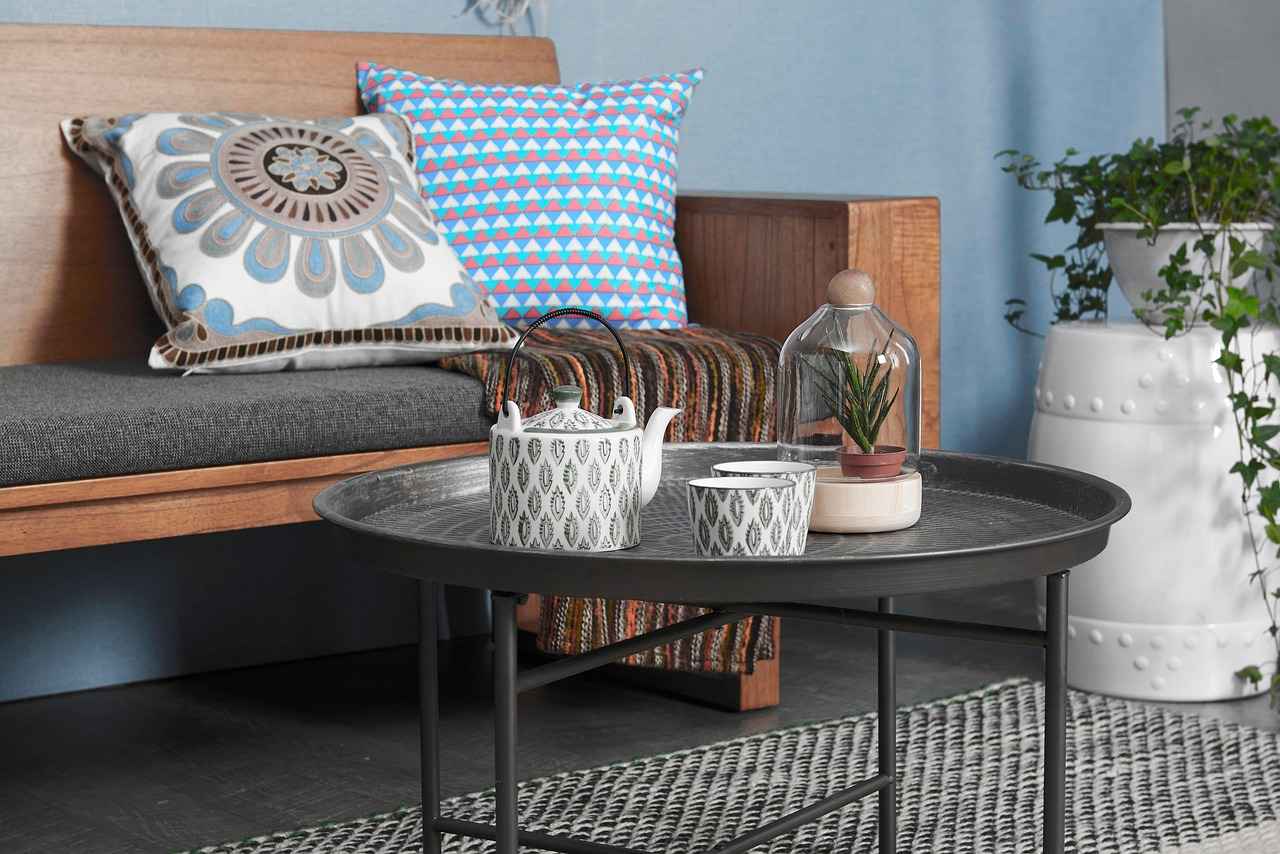
Best Picks for Glass Room Dividers
When it comes to optimizing your living or working space, glass room dividers offer an elegant solution that balances style and functionality. Whether you are looking to create a distinct area in an open floor plan or simply want to enhance the aesthetics of your space, the right glass room divider can make a significant impact. Here, we will explore the best picks for glass room dividers, focusing on their design, size, and practical benefits.
Glass room dividers are not only visually appealing but also serve practical purposes. They allow light to flow freely between spaces, creating an open and airy feel. Additionally, they can be customized to fit various interior styles, from modern to traditional. Here are some of the top picks that seamlessly blend aesthetics with functionality:
- Frameless Glass Panels: These minimalist dividers are perfect for those seeking a sleek look. They can be installed as sliding doors or fixed panels, providing an unobstructed view while maintaining a sense of separation.
- Frosted Glass Dividers: If privacy is a concern, frosted glass is an excellent choice. It allows light to pass through while obscuring visibility, making it ideal for offices or shared living spaces.
- Textured Glass Dividers: For a unique touch, consider textured glass options. They add visual interest and can be used to create a focal point in any room.
- Glass and Wood Combination: Combining glass with wooden frames or accents can create a warm yet modern look. This style is perfect for those who want the benefits of glass while adding a touch of warmth to their interiors.
When selecting a glass room divider, it’s essential to consider several factors:
- Size: Measure your space accurately to ensure the divider fits well without overwhelming the area.
- Functionality: Think about how you will use the divider. Do you need it to slide, fold, or remain fixed? The functionality will determine the best design for your needs.
- Style: Choose a style that complements your existing decor. Whether you prefer a modern look or something more traditional, there are numerous options available.
- Safety: Consider the thickness and quality of the glass. Tempered glass is a safer option as it is less likely to shatter.
Here are some highly recommended glass room dividers that excel in both design and practicality:
1. Modern Sliding Glass Door: Ideal for small spaces, this option saves room and provides easy access between areas.2. Frosted Glass Partition: Perfect for offices, this type offers privacy without sacrificing light.3. Artistic Glass Panels: These can serve as a statement piece while dividing spaces elegantly.4. Adjustable Glass Screens: Great for versatile spaces, these can be moved or adjusted as needed.
In conclusion, the right glass room divider can transform your space, adding both style and functionality. By considering the various styles and practical aspects mentioned, you can make an informed choice that enhances your environment. Whether you prioritize aesthetics, privacy, or flexibility, there is a glass room divider that meets your needs.
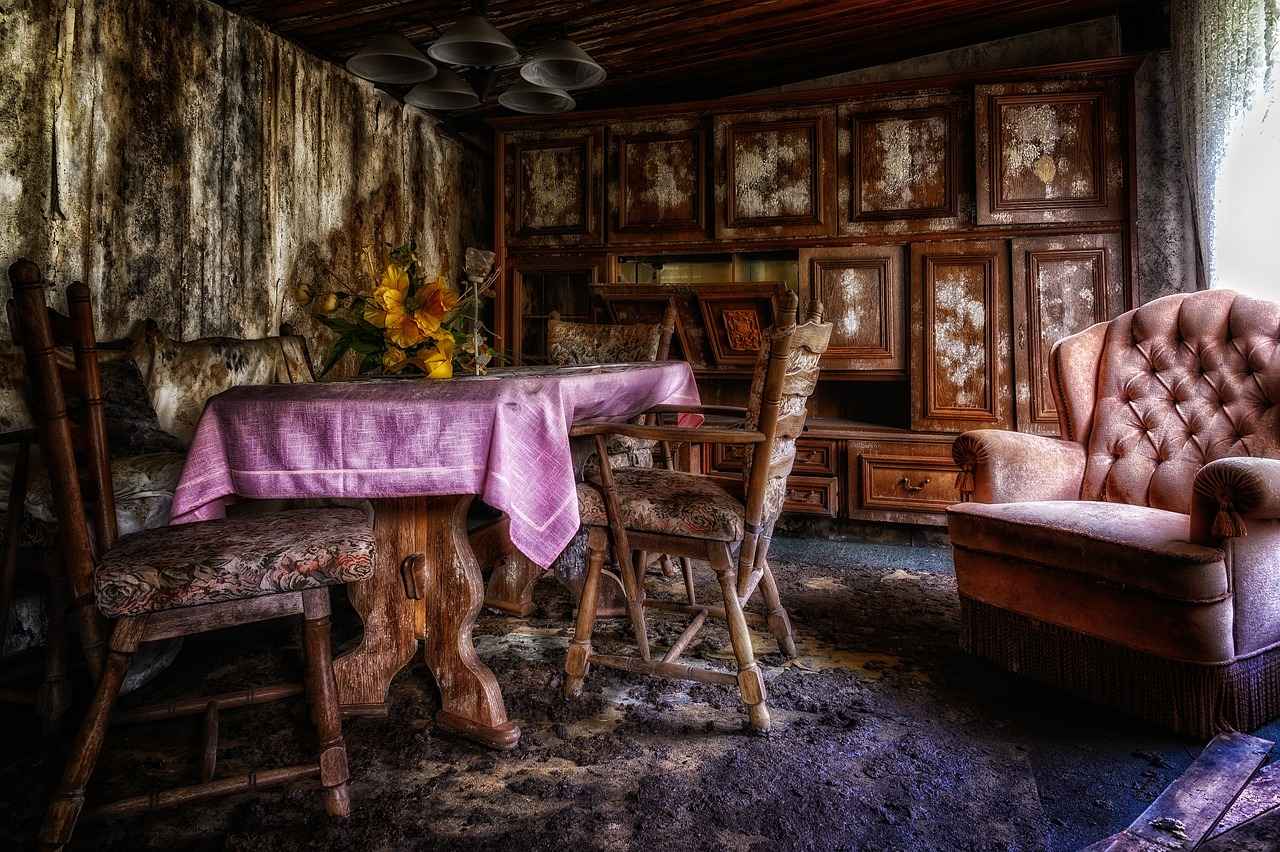
Best Picks for Fabric Room Dividers
When it comes to designing versatile spaces, fabric room dividers are an excellent choice. They not only offer privacy and sound absorption but also add a touch of style to any room. However, selecting the right fabric room divider can be challenging. Below, we delve into the essential factors you should consider when making your choice and provide some top recommendations that excel in durability, design flexibility, and ease of use.
- Durability: Look for materials that can withstand wear and tear, especially if they will be used in high-traffic areas.
- Design Flexibility: Choose dividers that can easily blend with your existing décor and can be rearranged or repositioned as needed.
- Ease of Use: Opt for lightweight options that are easy to set up and take down, allowing for quick changes in your space.
| Product Name | Material | Features | Best For |
|---|---|---|---|
| RoomDividersNow Fabric Panel | Polyester | Portable, machine washable | Temporary setups |
| Folding Privacy Screen | Canvas | Lightweight, collapsible | Small spaces |
| Mocha Room Divider | Fabric with wooden frame | Stylish, sturdy | Long-term use |
Fabric room dividers provide unique benefits that set them apart from other types of dividers. For instance, they are typically more affordable than glass or wooden dividers, making them accessible for various budgets. Additionally, the soft texture of fabric helps in sound absorption, making them ideal for noisy environments such as offices or shared living spaces.
Maintaining fabric room dividers is crucial to ensure their longevity. Here are some tips:
- Regular Cleaning: Vacuum or shake out dust regularly to keep them looking fresh.
- Spot Cleaning: Address stains promptly with a damp cloth and mild detergent.
- Storage: When not in use, store them in a dry place to prevent mildew.
Fabric room dividers are versatile and can be used in various settings:
- Offices: Create separate workspaces in open-plan offices.
- Homes: Divide large rooms into cozy corners for relaxation or study.
- Events: Use them to create designated areas for different activities at parties or gatherings.
In summary, when selecting fabric room dividers, consider their durability, design flexibility, and ease of use. The options mentioned above are some of the best picks available, catering to various needs and preferences. With the right fabric room divider, you can transform your space into a functional and stylish environment.
Frequently Asked Questions
- What are the main differences between glass and fabric room dividers?
Glass room dividers are transparent and allow light to flow through, creating a sense of openness. In contrast, fabric room dividers offer more privacy and sound absorption but are less durable. Think of glass dividers as chic windows, while fabric dividers are like cozy curtains!
- Are glass room dividers safe for homes with children or pets?
While glass dividers can look stunning, they can be fragile and pose safety concerns in homes with kids or pets. It’s like having a beautiful but delicate vase—you love it, but you need to be careful!
- How do I maintain fabric room dividers?
Fabric dividers require regular cleaning to keep them looking fresh. Dust can accumulate, and stains can happen, so it’s best to treat them like your favorite shirt—wash them regularly to keep them in top shape!
- Can glass room dividers help reduce noise?
Not really! Glass dividers are great for light and aesthetics but don’t absorb sound. If you’re looking for a quieter space, fabric dividers are your best bet, as they can help muffle noise like a soft pillow!
- Which type of room divider is more cost-effective?
Generally, fabric room dividers tend to be more affordable than glass ones. If you’re on a budget, think of fabric dividers as the stylish yet economical option, while glass dividers are more of a splurge!



